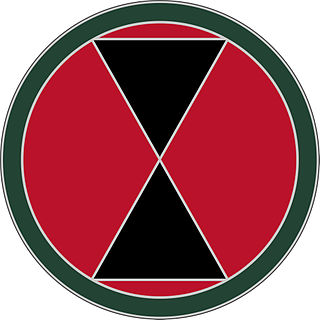 W
WThe 7th Infantry Division is an active duty infantry division of the United States Army based at Joint Base Lewis-McChord charged with sustaining the combat readiness of two Stryker brigade combat teams, a combat aviation brigade, a division artillery headquarters, and a National Guard Stryker brigade combat team, as well as participating in several yearly partnered exercises and operations in support of U.S. Army Pacific and the Indo-Pacific region. The 7th Infantry Division is the only active-duty multi-component division headquarters in the Army. The 7th Infantry Division is also home to two of the Army's newest enabling battlefield capabilities, the Multi Domain Task Force and the Intelligence, Information, Cyber, Electronic Warfare and Space Capabilities, or I2CEWS battalion.
 W
WThe 1st Special Operations Wing at Hurlburt Field, Florida is one of three United States Air Force active duty Special Operations wings and falls under the Air Force Special Operations Command (AFSOC).
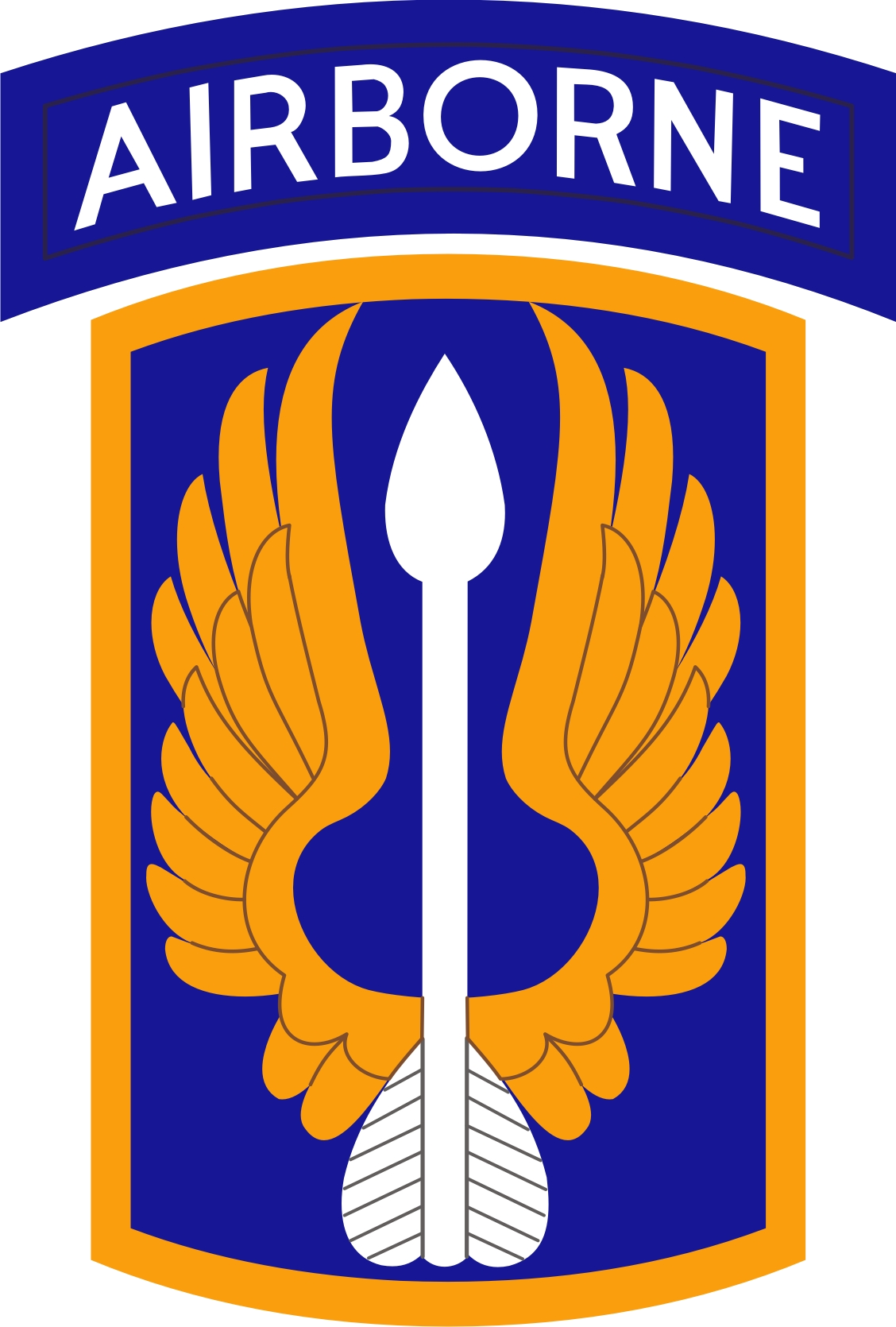 W
WThe 18th Aviation Brigade is an inactive aviation brigade of the United States Army. Its initial formation in 1987 drew upon the resources of the 269th Aviation Battalion, originally formed in 1966.
 W
WThe 24th Infantry Division was an infantry division of the United States Army. It was inactivated in October 1996, it was based at Fort Stewart, Georgia and later reactivated at Fort Riley, Kansas. Formed during World War II from the disbanding Hawaiian Division, the division saw action throughout the Pacific theater, first fighting in New Guinea before landing on the Philippine islands of Leyte and Luzon, driving Japanese forces from them. Following the end of the war, the division participated in occupation duties in Japan, and was the first division to respond at the outbreak of the Korean War. For the first 18 months of the war, the division was heavily engaged on the front lines with North Korean and Chinese forces, suffering over 10,000 casualties. It was withdrawn from the front lines to the reserve force for the remainder of the war after the second battle for Wonju, but returned to Korea for patrol duty at the end of major combat operations.
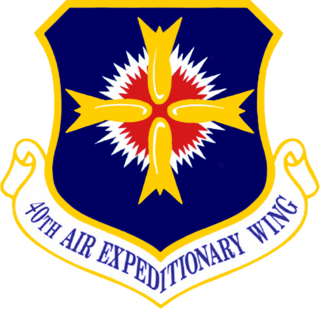 W
WThe United States Air Force's 40th Air Expeditionary Wing was an Air expeditionary unit located at Diego Garcia, in the Indian Ocean, from 2001 to c. 2006.
 W
WThe 86th Infantry Brigade Combat Team (Mountain) is an Army National Guard light infantry brigade headquartered in Vermont It was reorganized from an armored brigade into an Infantry Brigade Combat Team (IBCT) as part of the United States Army's transformation for the 21st century. The 86th IBCT utilizes the Army Mountain Warfare School, co-located at Ethan Allen Firing Range in Jericho, Vermont, to train in individual military mountaineering skills so the entire brigade can be skilled in such warfare. This large conventional unit level mountain warfare capability was lost when the 10th Mountain Division inactivated after World War II. This left the 86th IBCT as the only mountain warfare unit in the U.S. military and those trained in mountain warfare capabilities to individual soldiers who graduated from Ranger School, the Special Forces Advanced Mountain Operations School, and the Army Mountain Warfare School instead of entire units that specialized in such tactics; that is until "The Vermont Brigade" configured itself to be such a unit.
 W
WThe 115th Infantry Regiment, Maryland Army National Guard was an infantry regiment of the United States Army. It traced its roots back to the American Revolutionary War, although its official U.S. Army lineage begins in 1881. The units to which the 115th Regiment claims lineage served in the Revolutionary War and the Civil War, but the 115th itself was only credited with service in World War I, World War II, and the Global War on Terror. Prior to the reorganization into the 58th Brigade Combat Team, the 1–115th was part of the Third Brigade, 29th Infantry Division (Light). In 2006, the 115th was consolidated (merged) with the 175th Infantry Regiment. As a result of this consolidation, it no longer exists as a separate regiment.
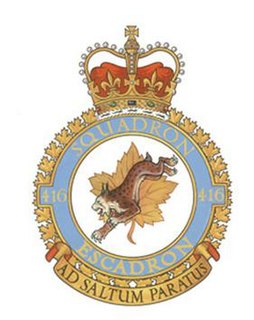 W
W416 "City of Oshawa" Tactical Fighter Squadron was a unit of the Canadian Forces and the Royal Canadian Air Force. The squadron operated the CF-18 Hornet fighter jet from CFB Cold Lake in Alberta, Canada. In 2006, 416 TFS stood down and was amalgamated with 441 Tactical Fighter Squadron to form 409 Tactical Fighter Squadron.
 W
W441 Tactical Fighter Squadron was a unit of the Canadian Forces. It was originally formed as a unit of the Royal Canadian Air Force (RCAF) during the Second World War. The squadron operated the McDonnell Douglas CF-18 Hornet fighter jet from CFB Cold Lake in Alberta, Canada. It was deactivated in 2006.
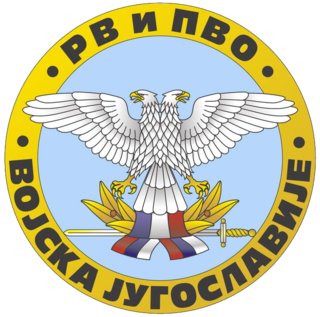 W
WThe Air Force of Serbia and Montenegro, also known as the Air Force of Yugoslavia from 1992 to 2003, was the air force of the former Serbia and Montenegro. It had around 300 fighter aircraft, ground attack aircraft, and other aircraft. The air force, in 1998, had about 16,000 personnel. The air force was disbanded when Montenegro voted to secede from the ex-FRY in 2006. The bulk of it was inherited by the Serbian Air Force.
 W
WThe Al Muthanna Task Group (AMTG) was a battlegroup that formed Australia's main ground force contribution to the Multinational force in Iraq. The AMTG was established in April 2005 and ceased to exist in July 2006 when the Australian force was relocated to Dhi Qar Governorate as Overwatch Battle Group (West).
 W
WThe Argyll and Sutherland Highlanders was a line infantry regiment of the British Army that existed from 1881 until amalgamation into the Royal Regiment of Scotland on 28 March 2006.
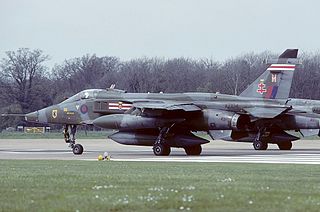 W
WRoyal Air Force Coltishall, more commonly known as RAF Coltishall, is a former Royal Air Force station located 10 miles (16 km) North-North-East of Norwich, in the English county of Norfolk, East Anglia, which operated from 1938 to 2006.
 W
WThe Duke of Wellington's Regiment was a line infantry regiment of the British Army, forming part of the King's Division.
 W
WThe Green Howards , frequently known as the Yorkshire Regiment until the 1920s, was a line infantry regiment of the British Army, in the King's Division. Raised in 1688, it served under various titles until it was amalgamated with the Prince of Wales's Own Regiment of Yorkshire and the Duke of Wellington's Regiment, all Yorkshire-based regiments in the King's Division, to form the Yorkshire Regiment on 6 June 2006.
 W
WThe King's Own Royal Border Regiment was an infantry regiment of the British Army in existence from 1959 until 2006, and was part of the King's Division. It was formed at Barnard Castle on 1 October 1959 through the amalgamation of the King's Own Royal Regiment (Lancaster) and the Border Regiment. The only official abbreviation of the name was King's Own Border [sic].
 W
WThe King's Own Scottish Borderers was a line infantry regiment of the British Army, part of the Scottish Division. On 28 March 2006 the regiment was amalgamated with the Royal Scots, the Royal Highland Fusiliers, the Black Watch, the Highlanders and the Argyll and Sutherland Highlanders to form the Royal Regiment of Scotland, becoming the 1st Battalion of the new regiment.
The King's Regiment, officially abbreviated as KINGS, was an infantry regiment of the British Army, part of the King's Division. It was formed on 1 September 1958 by the amalgamation of the King's Regiment (Liverpool) which had been raised in 1685 and the Manchester Regiment which traced its history to 1758. In existence for almost 50 years, the regular battalion, 1 KINGS, served in Kenya, Kuwait, British Guiana (Guyana), West Germany, Northern Ireland, the Falkland Islands, Cyprus, and Iraq. Between 1972 and 1990, 15 Kingsmen died during military operations in Northern Ireland during a violent period in the province's history known as "The Troubles".
 W
WRussia has a number of military academies of different specialties. This article primarily lists institutions of the Armed Forces of the Russian Federation rather than those of the Soviet Armed Forces.
 W
WNo. 3 Group of the Royal Air Force was an RAF group first active in 1918, again in 1923–26, part of RAF Bomber Command from 1936 to 1967, and part of RAF Strike Command from 2000 until it disbanded on 1 April 2006.
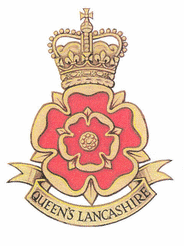 W
WThe Queen's Lancashire Regiment (QLR) was an infantry regiment of the British Army, part of the King's Division. It was formed on 25 March 1970 at Connaught Barracks in Dover through the amalgamation of the two remaining Lancashire infantry regiments, the Lancashire Regiment and the Loyal Regiment. In July 2006 the regiment was amalgamated with two other Northern infantry regiments to form the Duke of Lancaster's Regiment.
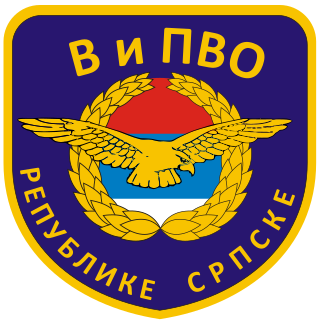 W
WThe Republika Srpska air force was the air force of Republika Srpska and was used primarily during the Bosnian war. In 2005, it was integrated into the Armed Forces of Bosnia and Herzegovina. SFOR still plays a large role in Bosnia and Herzegovina, which consists of the Federation of Bosnia and Herzegovina and Republika Srpska. Under the leadership of one president, the ministry of defense of both entities merged into one single ministry of defense with one chief of joint staff commanding both Air Forces. In 2004 there was again a restructuring of the armed forces, bringing the number of Air Force personnel down to 4,000. Next to the command, the 1st Regiment V i PVO consists out of a platoon, a radar battalion, artillery rocket ADF battalion, AF logistics battalion and aviation assets, a Fighter Bomber Squadron and Mixed Helicopter Squadron. In 2006 the Air Force of Republika Srpska was disbanded.
 W
WThe Royal Regiment of Wales was an infantry regiment of the British Army, part of the Prince of Wales' Division. It was formed in 1969 by the amalgamation of the South Wales Borderers and the Welch Regiment. The 1st Battalion, The Royal Regiment of Wales had a short existence in military terms, just over 36 years. Within two months of amalgamation, the battalion was one of the first units to be deployed to Northern Ireland.
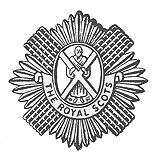 W
WThe Royal Scots , once known as the Royal Regiment of Foot, was the oldest and most senior infantry regiment of the line of the British Army, having been raised in 1633 during the reign of Charles I of Scotland. The regiment existed continuously until 2006, when it amalgamated with the King's Own Scottish Borderers to become the Royal Scots Borderers, which merged with the Royal Highland Fusiliers, the Black Watch, the Highlanders and the Argyll and Sutherland Highlanders to form the Royal Regiment of Scotland.
 W
WThe Royal Welch Fusiliers was a line infantry regiment of the British Army and part of the Prince of Wales' Division, founded in 1689 shortly after the Glorious Revolution. In 1702, it was designated a fusilier regiment and became The Welch Regiment of Fusiliers; the prefix "Royal" was added in 1713, then confirmed in 1714 when George I named it The Prince of Wales's Own Royal Regiment of Welsh Fusiliers. After the 1751 reforms that standardised the naming and numbering of regiments, it became the 23rd Foot.
 W
WThe Southeast Air Defense Sector (SEADS), was a unit of the US Air Force located at Tyndall Air Force Base near Panama City, Florida. It provided air defense and surveillance of the southeastern region of the US. SEADS closed in winter 2005, giving up surveillance and control of their airspace to the Eastern Air Defense Sector (EADS) and the former Northeast Air Defense Sector (NEADS).
 W
WThe Prince of Wales's Own Regiment of Yorkshire was an infantry regiment of the British Army, part of the King's Division. It was created in 1958 by the amalgamation of the West Yorkshire Regiment and the East Yorkshire Regiment. After 48 years service, the regiment was amalgamated again, this time with two other Yorkshire regiments. It became the 1st Battalion of the Yorkshire Regiment, with the Green Howards forming the 2nd Battalion and the Duke of Wellington's Regiment forming the 3rd Battalion on 6 June 2006. Following further merges, in 2012, the battalion was redesignated as the new 2nd Battalion (2Yorks).
 W
WThe United States Fleet Forces Command (USFF) is a service component command of the United States Navy that provides naval forces to a wide variety of U.S. forces. The naval resources may be allocated to Combatant Commanders such as United States Northern Command (USNORTHCOM) under the authority of the Secretary of Defense. Originally formed as United States Atlantic Fleet (USLANTFLT) in 1906, it has been an integral part of the defense of the United States of America since the early 20th century. In 2002, the Fleet comprised over 118,000 Navy and Marine Corps personnel serving on 186 ships and in 1,300 aircraft, with an area of responsibility ranging over most of the Atlantic Ocean from the North Pole to the South Pole, the Caribbean Sea, Gulf of Mexico, and the waters of the Pacific Ocean along the coasts of Central and South America. The command is based at Naval Support Activity Hampton Roads in Norfolk, Virginia and is the navy's service component to U.S. Northern Command and is the Joint Functional Maritime Component Command under the U.S. Strategic Command.
 W
WThe Uppland Regiment, designations Ing 3, S 1 and S 1/Fo 47, was a Swedish Army signal regiment that traced its origins back to the 19th century. It was disbanded in 2006. The regiment was garrisoned in Uppland.
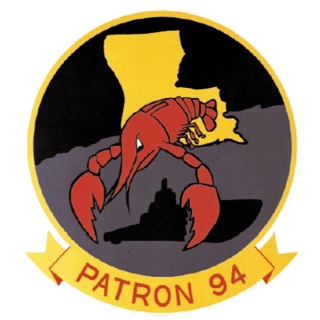 W
WVP-94 Crawfishers was a Patrol Squadron of the U.S. Navy Reserve. Originally established on 1 November 1970 at NAS Belle Chase, Louisiana, it was disestablished in September 2006. It was the second squadron to be designated VP-94, the first VP-94 was redesignated VPB-94 on 1 October 1944.